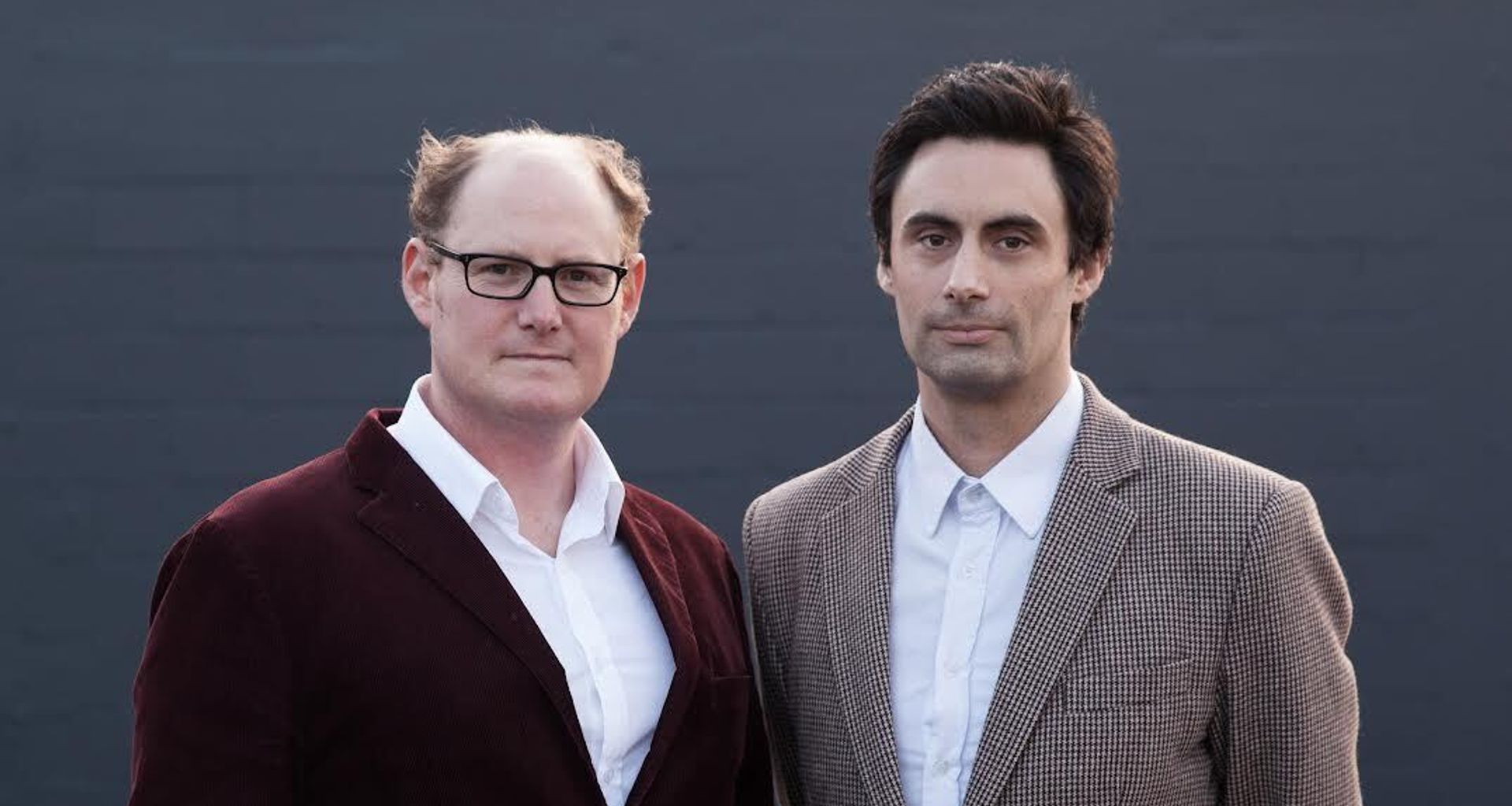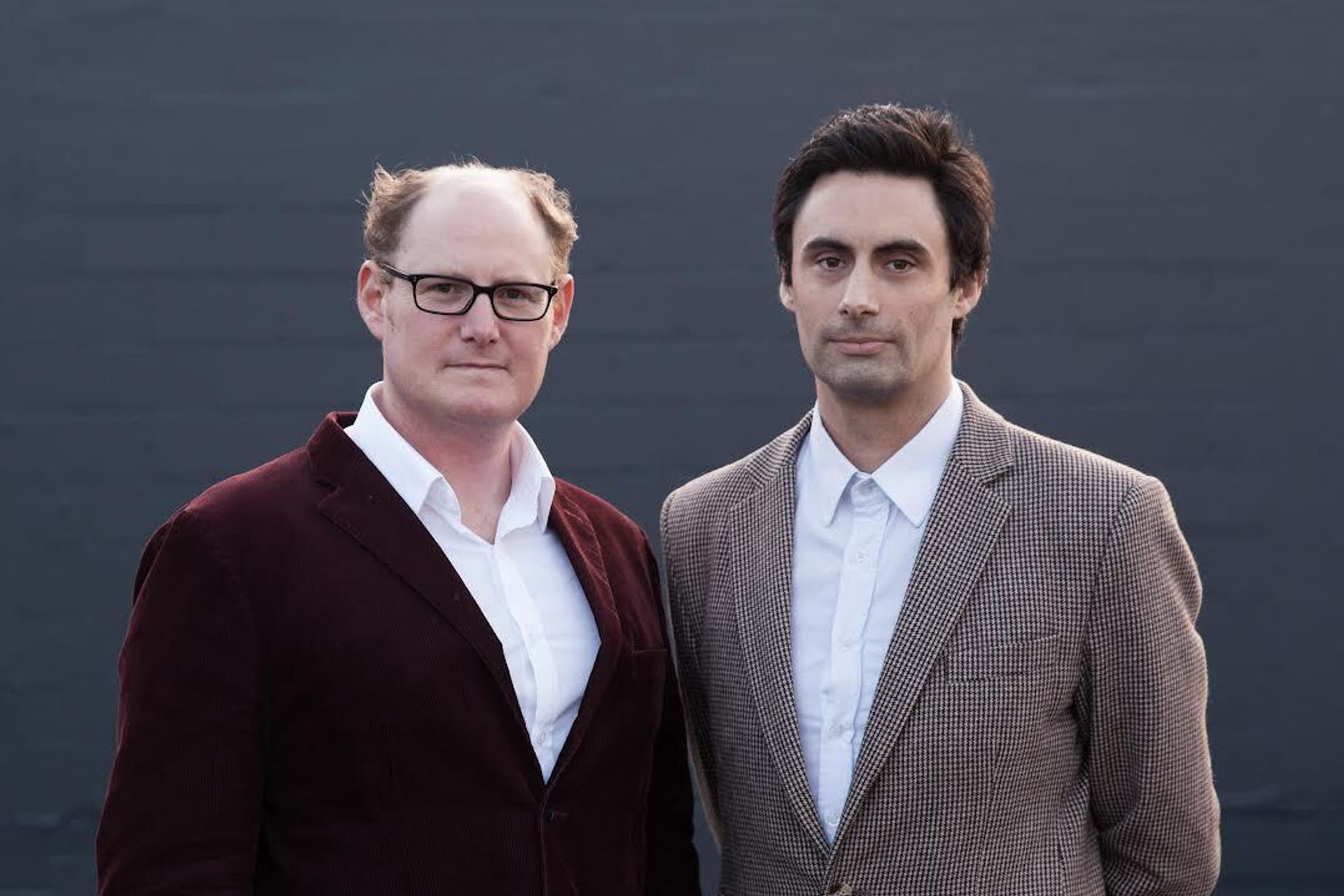In conversation with Ben Lloyd and Mike Hartley
Written by
04 August 2022
•
5 min read

ArchiPro: You guys have known each other a long time – how did Lloyd Hartley Architects come about?
Ben Lloyd: We went to university together 100 years ago and have always kept in touch and we had been working on a few projects together while working for other practices and it was just a natural progression to partner up officially about seven or eight years ago.
Mike Hartley: The evening when the seed was planted, we were actually watching some cricket and Ben said, ‘I think we've got a bit of a synergy, we should give this a crack’ and I sort of said, ‘Well Ben, I've got a mortgage and kids and how are we going to test the relationship?’ So we did a few university teaching posts where we taught a paper together for a few years.
BL: And by the end of that we thought okay, we can do this, this will work.
AP: And tell me a little bit about your practice.
MH: We’re a small Auckland-based studio, and we currently have five people. We work on predominantly residential projects, but we’re delving into commercial projects too. At the moment we've got a community hall project going – it's really exciting to be branching out.
BL: We are on the lookout for golf courses and fishing lodges as well…

AP: What inspires your designs?
BL: I think our clients. Our ideal client is when we’re working with an end user of a project. So you're working with people, designing around them and their brief and creating something that is unique to them.
MH: What inspires us as a practice is the people, the people that we get to work with, and the energy that's created between people. And for us architecture really is about supporting people coming together in positive ways.
AP: You have a unique way of naming your projects – tell me about that.
MH: The naming of our projects is a relatively drawn out process. It's fraught but it's a fun process as well. We often end up working with the clients and might have a glass of something tasty and we'll sit down and talk about the process because the name is an embodiment of the process. So for example, this project that we're sitting in today (Hill to Horizon), we were sitting around and throwing out what mattered to the clients about their brief and what has been achieved. We distilled the project down to its essence, and figured out what the key component of this project was.
AP: What do you love about your job?
MH: What I love about our job is that every day is different. You wake up in the morning and you don't know how the day's gonna turn out. And I think one of the things that I really enjoy about our little practice is that it's not an individual lead, there's a team involved. And whether we're working very closely or not, it doesn't really matter. Just having that other kind of soundboard of somebody that's got an equal kind of energy in the office is important. So just the energy that you get from working on projects. I love it. You're a good guy, Ben.
BL: I like Mike's ridiculous analogies that he comes up with.
AP: How has the pandemic affected architecture in New Zealand?
MH: We’ve been moving towards higher density housing and smaller homes and what was really interesting about the two big lockdowns is that some people were by themselves and other people were in just family units, and others were flatting in groups, and there's a certain point where that group of people gets pretty tired of each other. The energy comes out of that small dwelling and I think it's really highlighted the importance of community and communal spaces.
BL: I think everything we've been through in the last couple of years – the dispersing of city centres and where people come together, and working versus home life and all that – I think it's great that everyone acknowledges [home design] is an issue and it’s actually just trying to find the best way to move that forward and maybe not just leave it in the hands of developers to try and make the most cost-effective version of it.
AP: Just a little small question: so what does the future of architecture in New Zealand hold?
BL: I think we can actually be a place where technology gets tested out. I think we can work really well on that. What that means for our cities is that we have to collaborate better, we have to make better cities and that's quite exciting. To be able to make better cities allows better spaces and the preservation of what is quintessentially New Zealand.
MH: I think New Zealand is in a really interesting place at the moment where it's poised to explore a diverse building range. We've had a very narrow band of what a house means and we're poised now to expand on what that looks like. Cities need to get better, they need to get more dense and that then allows us to have the small individual lots that allows us to have greater opportunities for communities to be together.
Watch Lloyd Hartley Architects 'Hill to Horizon' Project of the Month film
See more about Lloyd Hartley Architects here
